12 : Soil and Health
In October 1932, Barbara attended a provincial conference of the Plunket Society in Wellington. Both
Barbara and Sir Truby King spoke at this meeting. Barbara took the opportunity to have one-on-one discussions
with Sir Truby who talked about the important relationship between soil and health. Sir Truby had formulated
his ideas on this subject whilst based at Seacliff in Otago.1
On another visit home to New Zealand, Barbara came upon compost, the answer to achieving a healthy soil. On
further enquiry she learned that the technique of composting had been founded in Indore in India, and studied
in detail by Sir Albert Howard, an Englishman who spent 30 years of his life in India. Barbara was fascinated
by the concept and in 1942, when the Mothercraft Hospital on Clarendon Avenue was purchased, she insisted that
all grass and garden cuttings went into a compost pile along with wet garbage from the kitchen.
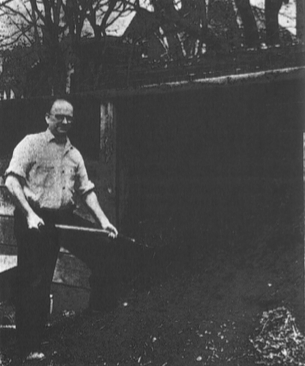
William "Bill" Wood, the long-time gardener kept a beautiful garden, which supplied many of the fresh
vegetables needed for the hospital. All plants were organically grown.2
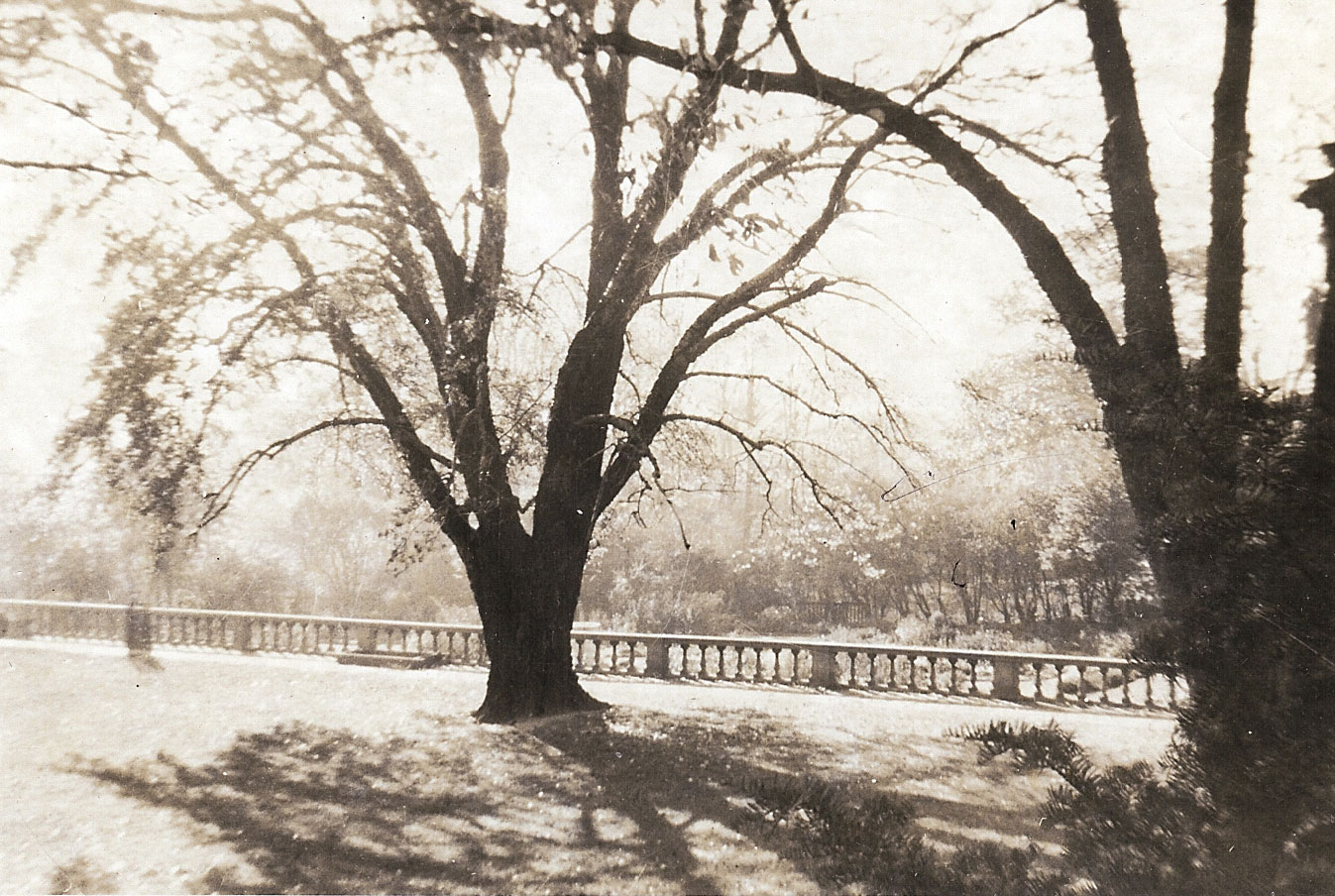 Grounds at rear of Clarendon Avenue Mothercraft Hospital with sunken garden beyond
Grounds at rear of Clarendon Avenue Mothercraft Hospital with sunken garden beyond
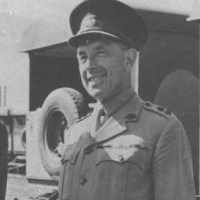 In September 1946 she flew from New Zealand to Australia for a whistle-stop tour of Australian Mothercraft
centres in the major cities.3 Whilst in Adelaide she met with Sir Stanton Hicks, an ex-pat New
Zealand doctor who had been Director of Army Catering, Allied Land Forces in the South-West Pacific area.
He had previously published 'Life from the Soil'.
In September 1946 she flew from New Zealand to Australia for a whistle-stop tour of Australian Mothercraft
centres in the major cities.3 Whilst in Adelaide she met with Sir Stanton Hicks, an ex-pat New
Zealand doctor who had been Director of Army Catering, Allied Land Forces in the South-West Pacific area.
He had previously published 'Life from the Soil'.
Around this time also she visited her sister Mollie Russell and family in Western Samoa. Mollie's husband Alan managed 'Vailele' a 1600-acre copra estate running 2,000 head of cattle. Ten beasts were slaughtered each week for the Apia butchery and disposal of the hides, bones and paunch contents was a problem. Barbara explained the Indore composting process which Alan promptly adopted.4
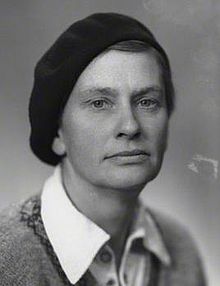
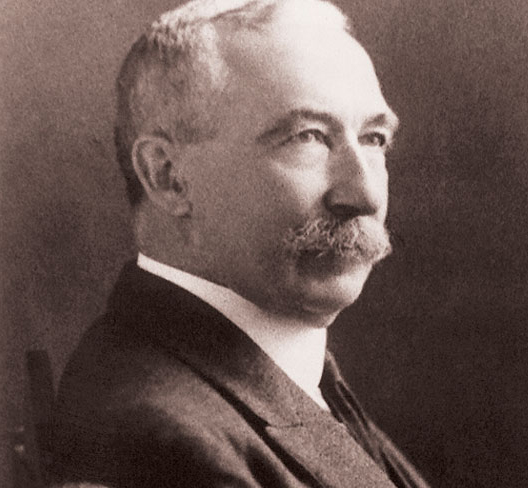
Lady Eve Balfour and Sir Albert Howard
From her extensive reading, Barbara was aware that Lady Eve Balfour had founded the Soil Association of GB in 1946. So, in September 1947, Barbara accompanied by Kate Miles sailed to England and they interviewed Lady Balfour and Sir Albert Howard. Sir Albert died just two days after they had met with him.5
On return to Canada, Barbara was keen to put into practice the essentials of developing a healthy soil
and in May 1948, she purchased Ainslie Hill, a 300-acre farm in Sutton, not far from her country residence
Auldearn. This was an historic property on which stood a large homestead built with two-foot thick field
stone walls, dating back to 1847. The property was originally bought by widowed Mrs Eleanor Corbett of London,
England for her son William.
James Anderson bought the farm in 1861 and it remained with the Anderson family until sold to Barbara in 1948.6
Barbara was, of course, no stranger to large farms. For 20 years before she began her nursing training, she lived
with her family on a large sheep farm at Weber (1894-1904) and then at "Green Hills", Mangatoro (1904-1914).
Barbara's niece Anne Russell recalls:
"In June 1949 when I arrived, Tot was still living at Auldearn. Ainslie Hill had been
purchased from Bouchier Anderson. Renovations on the house by the builder B. B. Kennedy had been completed with
the addition of a utility room, second kitchen and two garages. The greenhouse was not built until 1950.
The roof was freshly re-roofed with cedar shingles; there was no turret (see later). The house was large,
spacious and had clean, simple lines. There was a wide hallway from front to back of the house both on the
ground floor and upstairs. Bedrooms and bathrooms were on either side of the hall upstairs and on the ground
floor the library and drawing room were across from the kitchen, pantry and dining room. In the ground floor
hallway a door under the stairway led to a cellar/basement where the household worm farm was sited, opening
into a boiler room/laundry.
My early introduction to the vast vegetable garden, including a well-established asparagus bed roughly the size
of a tennis court, was helping Tot cut bushels for the hospital. Asparagus was in season. In autumn before
snowfall the garden was stripped - cabbages wrapped in newspaper, root vegetables, pumpkins, onions apples
and pears stored in the cellar. Rented locker space at the freezer in Sutton provided storage space for the
farm surplus. A beast could be packaged for home cooking, fish frozen and perishables such as peas, beans, corn
etc and berry fruits snap frozen. I remember Tot making gallons of vegetable soup which went into jars to be
frozen. Their ice-creams were sublime."
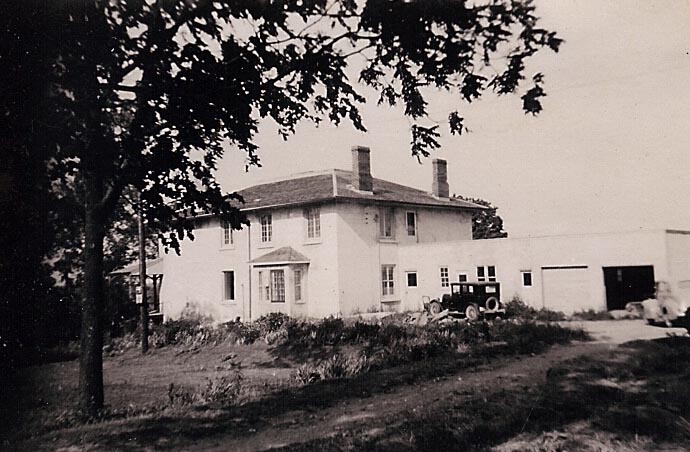
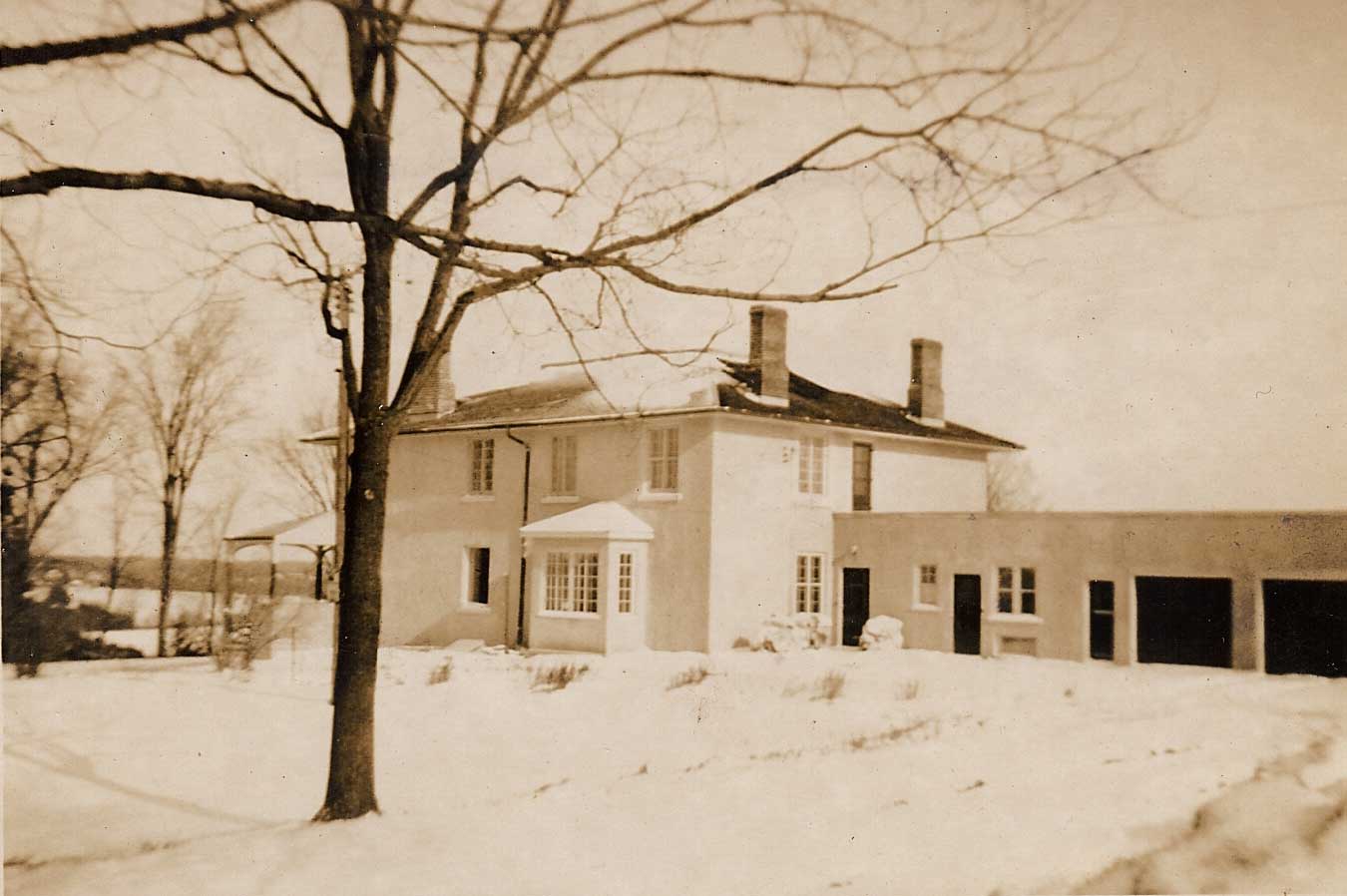 Ainslie Hill 1949- summer and winter when Anne Russell was there
Barbara set about developing Ainslie Hill, the land of which was rocky and non-productive, into a
showpiece operation. Within ten years the conversion into a highly productive farm was complete. By
then Barbara had purchased an extra 140 acres to increase the farm capacity. On the farm she had Oxford
Down sheep, Yorkshire pigs, Angus and Guernsey cattle, 100 colonies of bees and scores of chickens. All
the crops grown were organic with no chemical fertilizers used. Seventy five of the 150-head Guernsey
herd gave milk all year-round, making it one of the largest dairy herds in Canada.7
Ainslie Hill 1949- summer and winter when Anne Russell was there
Barbara set about developing Ainslie Hill, the land of which was rocky and non-productive, into a
showpiece operation. Within ten years the conversion into a highly productive farm was complete. By
then Barbara had purchased an extra 140 acres to increase the farm capacity. On the farm she had Oxford
Down sheep, Yorkshire pigs, Angus and Guernsey cattle, 100 colonies of bees and scores of chickens. All
the crops grown were organic with no chemical fertilizers used. Seventy five of the 150-head Guernsey
herd gave milk all year-round, making it one of the largest dairy herds in Canada.7

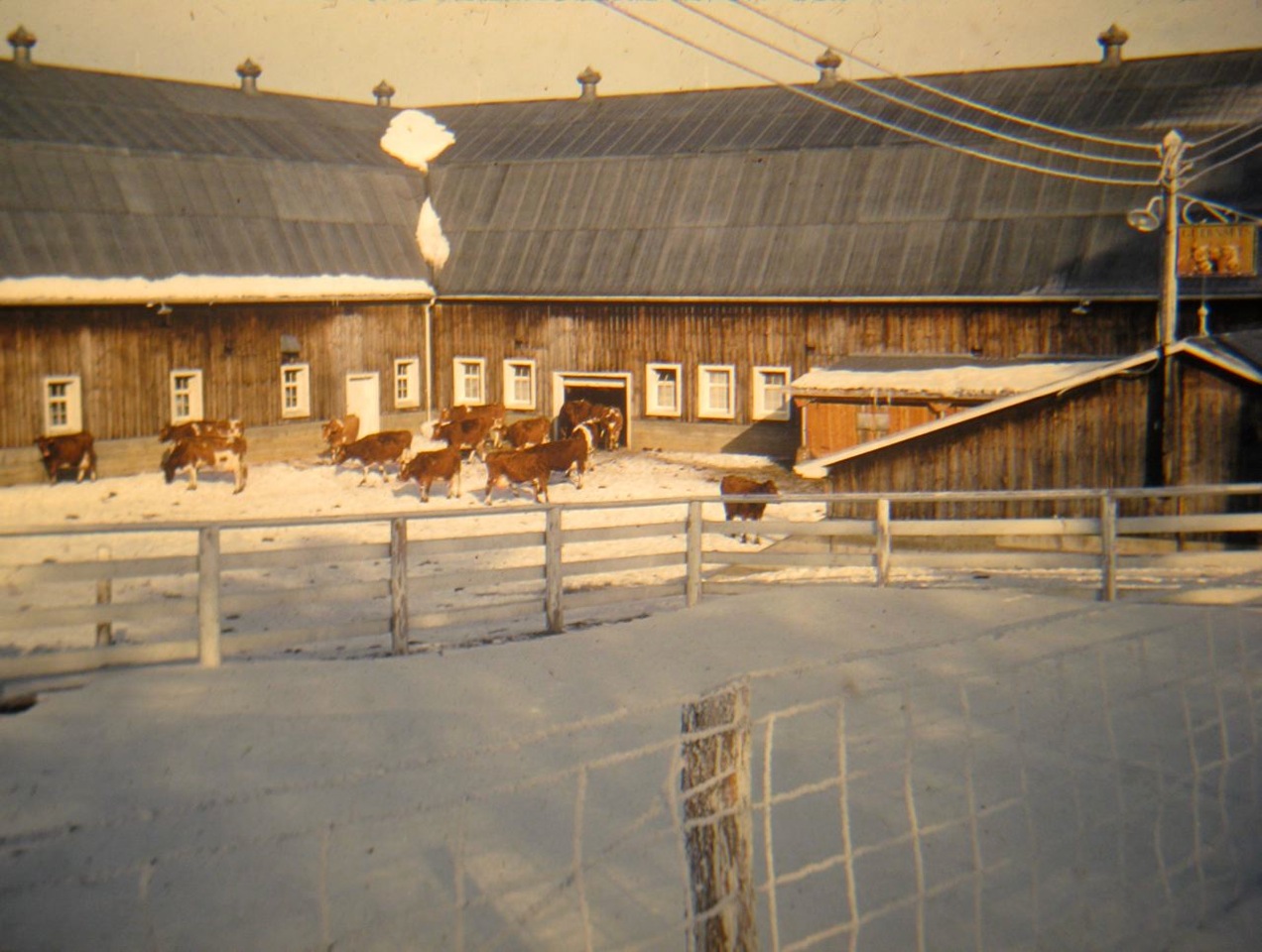
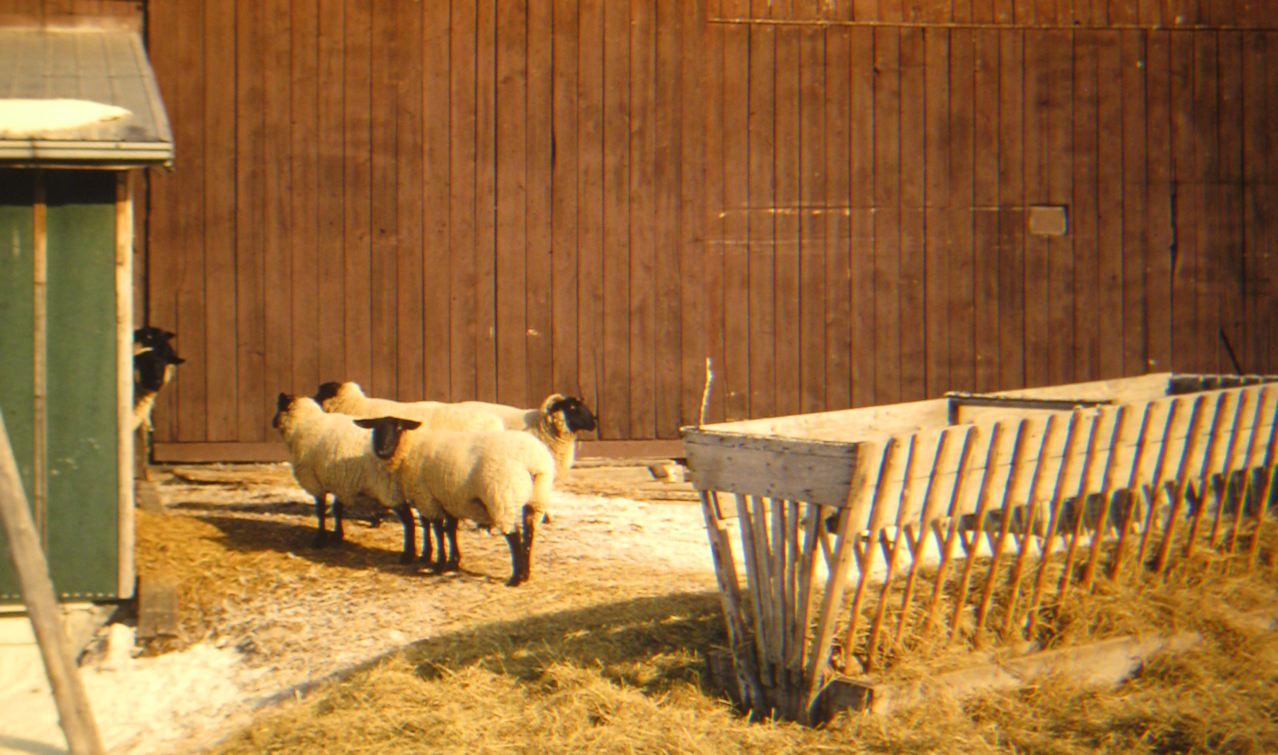
Kate Miles came to live at Ainslie Hill Farm in The White Cottage, built for her by Barbara. By now they
were inseparable friends.
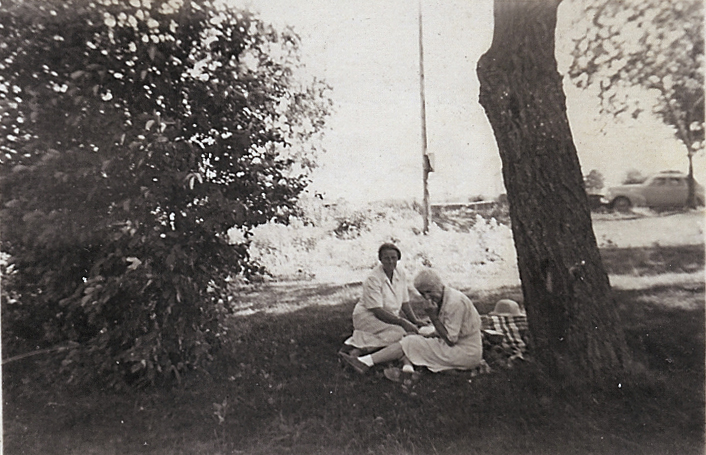 Barbara and Kate on the lawn at Ainslie hill 1950
Barbara and Kate on the lawn at Ainslie hill 1950
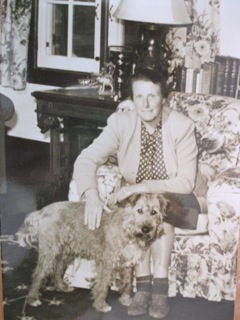
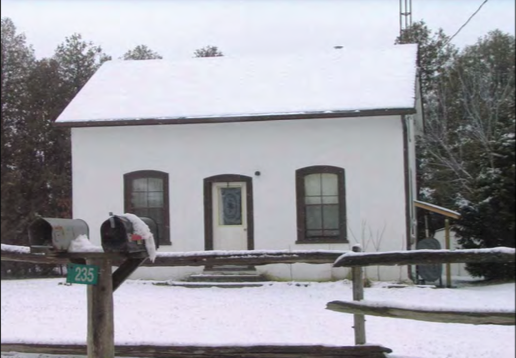
The White Cottage, Ainslie Hill - built by Tot for Kate Miles
Barbara sold Auldearn to Dr E E Shouldice, a Toronto surgeon in 1952.
Barbara Robbins and her sister Margaret came to stay at Ainslie Hill in the winter of 1956, and Barbara recalls:
I think I was the "help" the winter that I was there. I remember doing the laundry in
the basement, and cooking the meals. When I arrived, my aunt announced "you will be in charge of the kitchen, and
will learn to cook". I did so! My aunt was a tireless worker, herself, and expected others to be so, too. I took
up the challenge and loved it. Sometimes, after Sunday church, she would invite home people for dinner, and I
can remember hurriedly delving in to the freezer and peeling extra spuds etc. Dinner was served, with some style,
at a large dining table. We always had a salad, too, from the greens & herbs growing in the heated green house,
adjacent to the basement.
The furnace in the basement, not only kept the large house warm, but also heated a winter greenhouse, where every
day I would pick fresh lettuces & herbs, for the mandatory salad with dinner. The larder was filled with frozen
or preserved foods from summer.
Aunt Barbara had built on, to one side, what she called "the summer kitchen". The original kitchen she called "the
winter kitchen". As I was there throughout the winter we used only the winter kitchen. I think the summer kitchen
would have been where all the summer preserves etc were made.
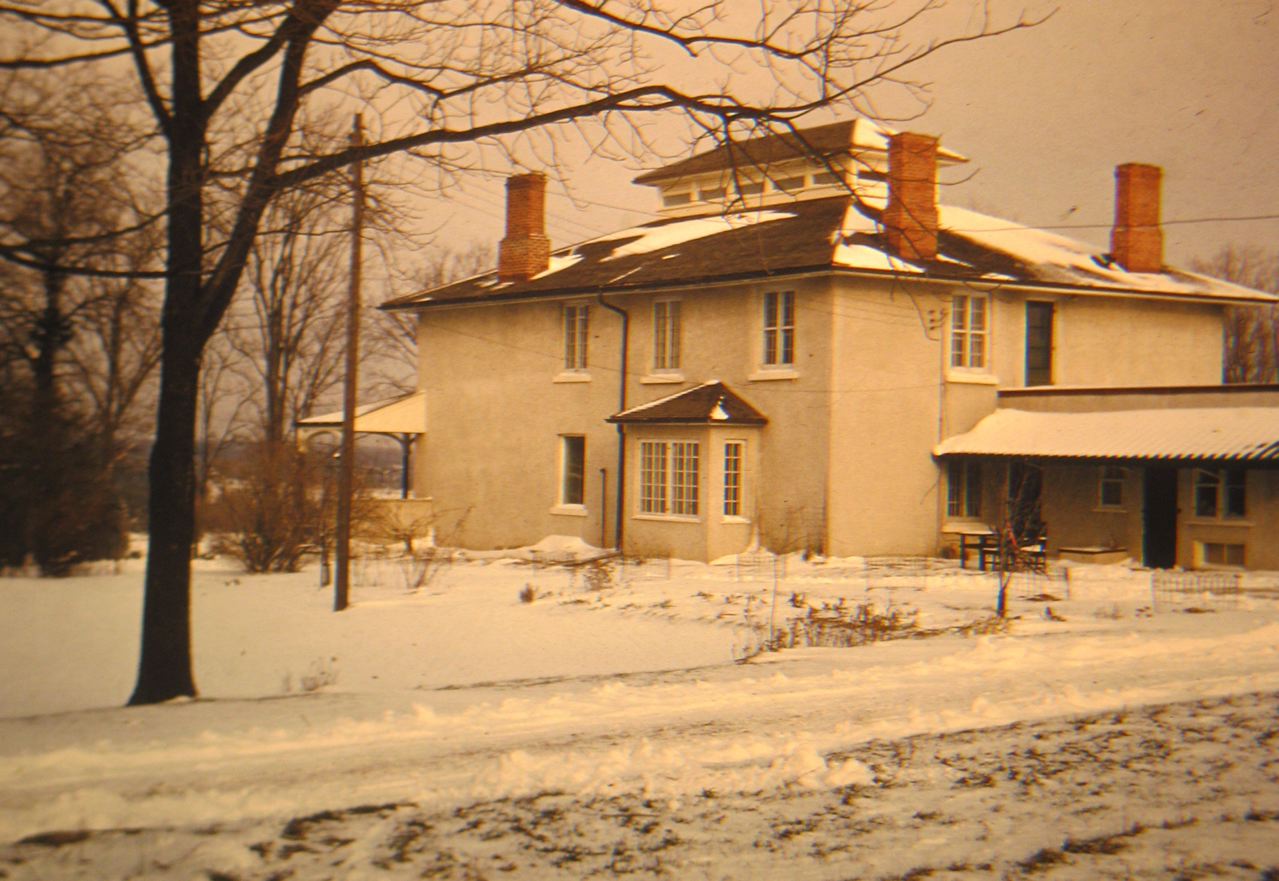
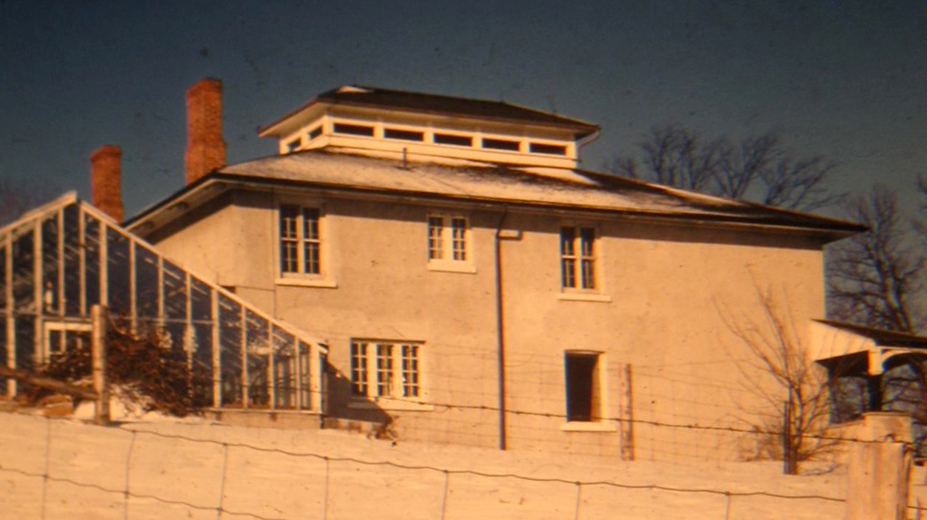 Ainslie Hill winter 1956 when the Robbins twins were there
Ainslie Hill winter 1956 when the Robbins twins were there
The original Ainslie Hill homestead had a turret atop the roof. Tot told Barbara Robbins that the original owners used it to keep a lookout for fur-trading canoes on Lake Simcoe. The turret was no longer there when Anne Russell stayed in 1949-50. However, by the time the Robbins sisters visited in 1956 it had been restored, and can also be seen in the photograph below, taken in 1973 at the time of the sale of Ainslie Hill by Tot's nephew Colin Mackenzie to Dr E B Shouldice.8
